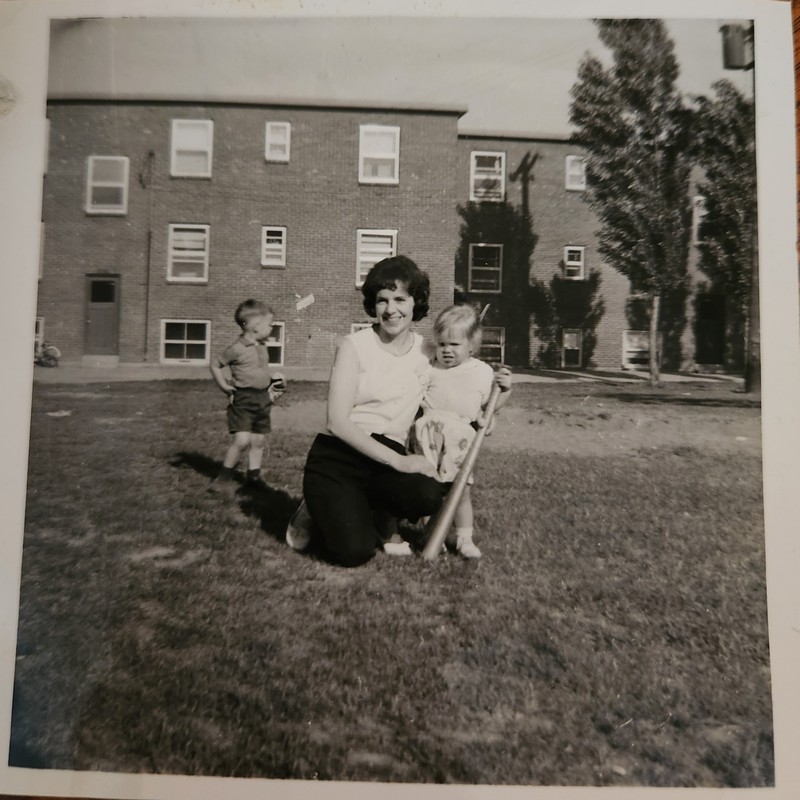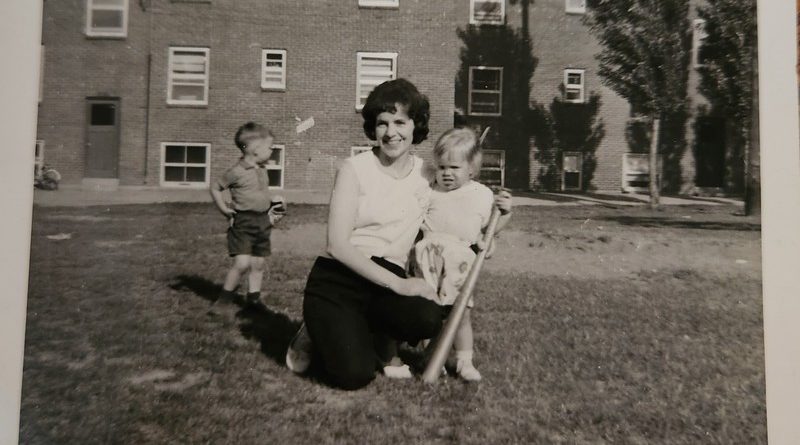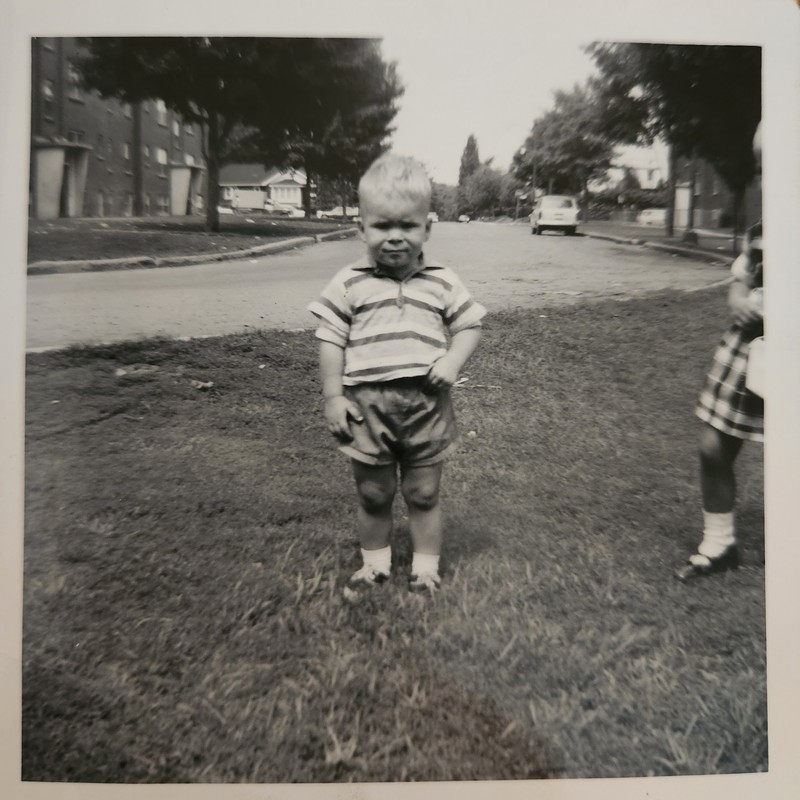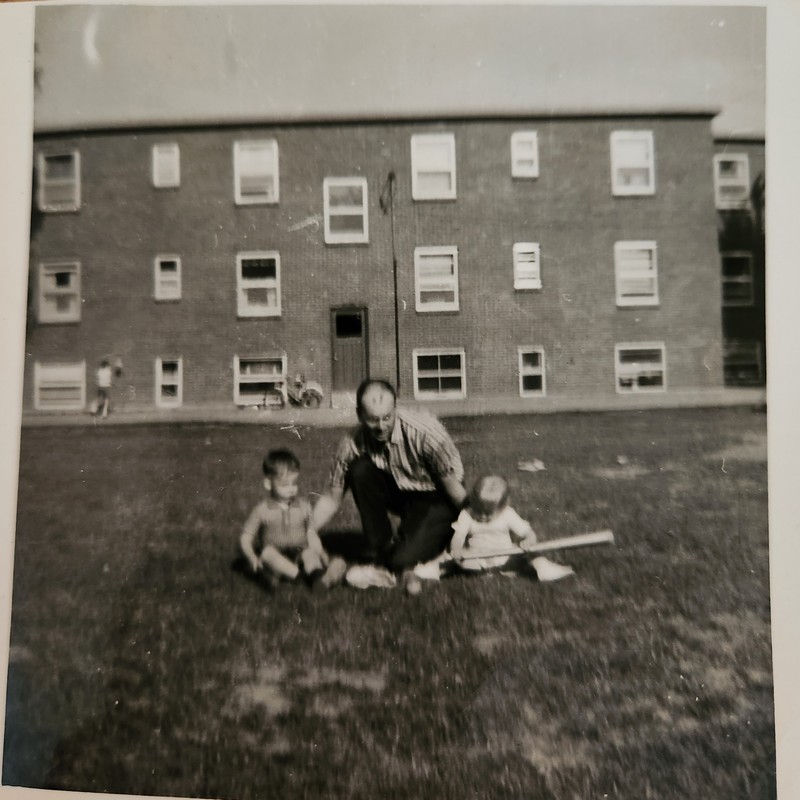Ken’s Bygone Sandy Hill
The other Strathcona: Strathcona Heights
Ken Clavette
Affordable housing and housing shortages have been a constant issue in Ottawa from the days of the Rideau Canal workers who had to build the Corktown shanty village where the Cartier Drill Hall is today. During both World Wars, there was a housing shortage that continued after the wars had ended. Once again, the media is full of stories about the housing crisis. You may have seen a notice from the City of Ottawa—https://engage.ottawa.ca/liveableforall —asking for citizen input to finding a solution:
“We are looking for suggestions to help us meet our goal of creating a city that has affordable housing and is more liveable for all. We welcome any new and innovative ideas on how we can offer services in a different way, or how we can be more cost-effective.”
Yet history buffs like me ask why “new and innovative ideas”? What about the old tried and proven successful ideas?
Following the peace that ended the Second World War, housing for the returning veterans was virtually nonexistent. Those vets could see buildings around them that were vacant, such as those at the Rockcliffe base and some of the mansions in Sandy Hill that had been used during the war for offices and temporary barracks. They responded by taking over and squatting in the vacant buildings. In response the government was forced to act, and in 1946 it created the Central Mortgage and Housing Corporation.
In 1947, Sandy Hill was to be the site of one of the first housing projects; work began on the Mann Avenue project which we know today as Strathcona Heights. The 27-acre piece of Sandy Hill had been the site of the Dominion Government wireless radio communications operations, taking advantage of the high elevation of land. With the war over and the city growing closer, the land was identified as ideal for housing. It was billed by CMHC as “the new town” and became one of the most ambitious apartment house developments ever attempted by Canadian builders, at a cost of three million dollars.
Construction began August 19, 1947. Led by the Ottawa firm of James More and Sons, it took 12 trades contractors, and 465 workers at the peak of construction to get the job done. They built 64 buildings that comprised 150 three-bedroom apartments, and 268 two-bedroom apartments. By May 1949, 21 months after the start of construction, families began moving into three-storey walk-up apartment buildings. The new neighbourhood was given the name Strathcona Heights in a vote just as the first residents moved in. The original heights contained 2,000 residents, almost 1,200 of them children who got to enjoy two wading pools and several play areas that contained swings, seesaws, sand boxes, and a winter rink.
There is a Facebook group called Growing Up in Sandy Hill, where many people share memories and reminisce about childhood in what was a special community. It was controlled by a large government body, and was part of Sandy Hill, but had its own life. The residents formed a tenant association that organized much of the social life of the community but was also a strong voice to the powers-that-be.
The Ottawa Citizen reported on a fight at City Council in May of 1963, as it dealt with how to address another housing shortage. Councillor Don Kay proposed taking over Strathcona Heights, evicting the families of the vets living there and replacing them with lower-income families in need of housing. That move was fought by St George’s Councillor St Germain and the residents.
Eventually in 1982, CMHC sold Strathcona Heights to the City of Ottawa Non-Profit Housing Corporation. Rather than eviction, the city redeveloped the site starting in 1989, adding new buildings and partnerships with the Housing Co-ops.
There is never a housing shortage for the wealthy in our society. It is only a problem for those living in poverty and those working in jobs that don’t provide adequate income. Governments have played an important role in housing, through policies and direct funding of housing for those that are in need, as CMHC did with Strathcona Heights. But over the past 40 years our governments have backed away from their responsibilities and ended funding for not-for-profit housing. When that housing dried up, it put pressure on rents for the middle class who must compete in a housing market driven by shortages.
In the Oct-Nov 2022 IMAGE, I celebrated the 40-year history of the Co-op Housing on Henderson Avenue—the partnership with the University of Ottawa that brought housing and life back to the street at another time of housing crisis. Sadly, that partnership will come to an end in five years and Sandy Hill will become a poorer community for it.
It is 2024 and we have yet another housing crisis. I do feel jaded and cynical as I watch expensive condos being built around the city that lower-income earners will never occupy. Then there are homes owned by uOttawa kept vacant in our community while students feel the pinch. Finally, our city is looking to the future for “new and innovative” ideas when I know our history is full of success stories. In 1946-47 returned veterans took control of vacant housing by squatting, and the result of those actions was CMHC and communities like Strathcona Heights. Is that what it will require to once more build affordable low-cost not-for-profit housing?

Photo Mel Malette
 The last Ken’s Bygone Sandy Hill column, about the history of the Strathcona Apartments on Laurier Avenue East, was promoted by the Historical Society of Ottawa (HSO) on their Facebook page. So far it has been viewed 51,000 times and shared by 83 people.
The last Ken’s Bygone Sandy Hill column, about the history of the Strathcona Apartments on Laurier Avenue East, was promoted by the Historical Society of Ottawa (HSO) on their Facebook page. So far it has been viewed 51,000 times and shared by 83 people.
The HSO is Ottawa’s oldest historical organization, founded in 1898. Their objective is to preserve and increase public knowledge of the history of Ottawa, including its people and places, through publications, meetings, tours, awards, sponsored research, and participation in local heritage events, as well as to support and encourage heritage conservation.
It is also the official patron of the annual Ottawa Regional Heritage Fair for area youth (Grades 5-9) and presents several awards to students.
If you are interested in history, check them out on Facebook or the internet, or attend a monthly meeting:


